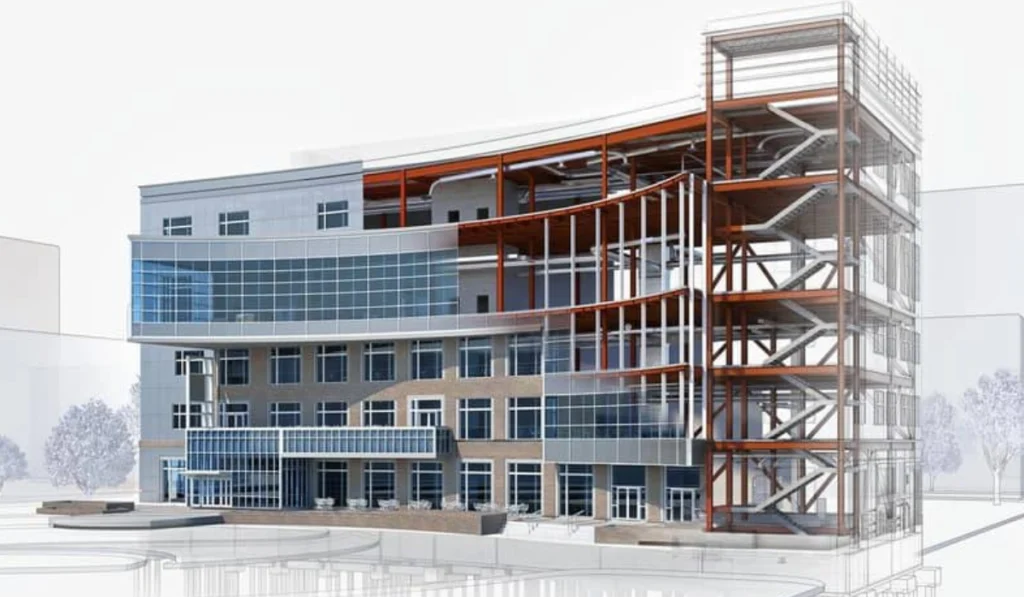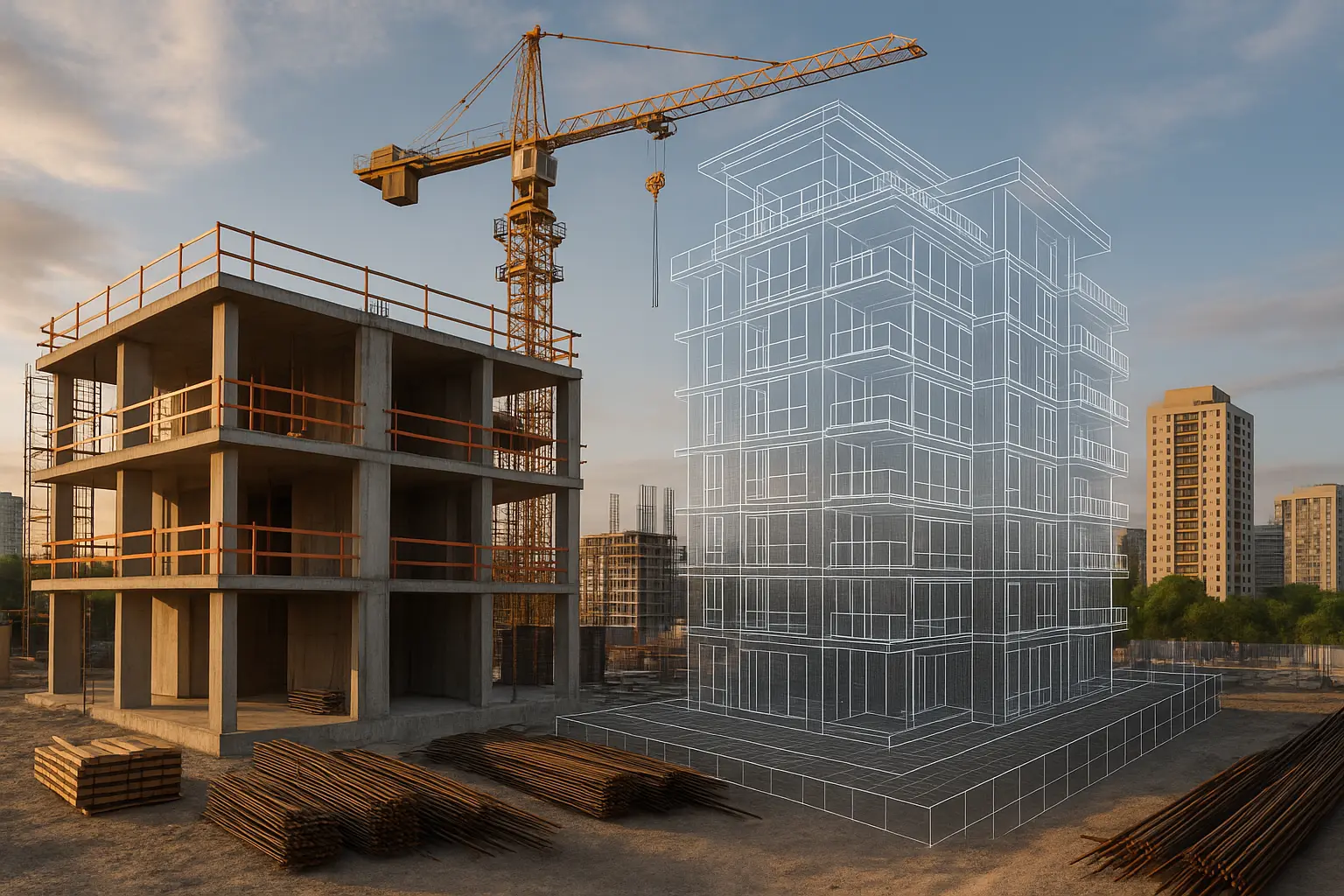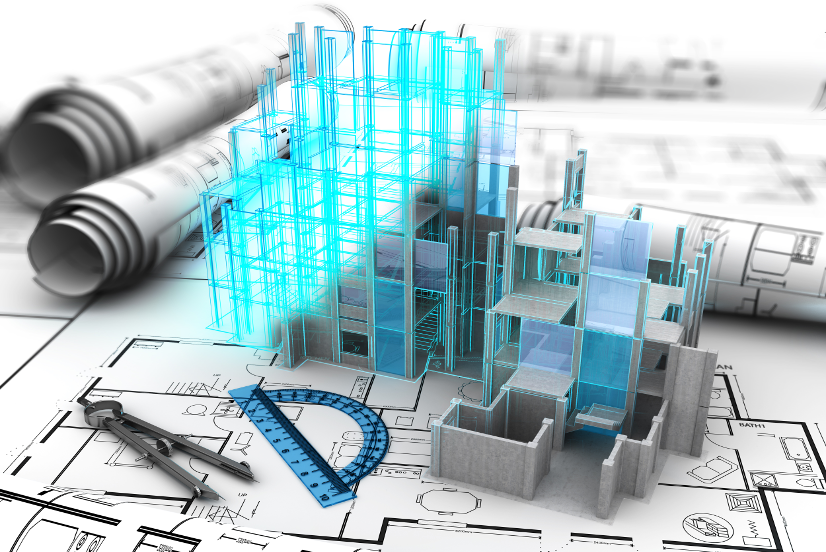BIM: The Key to Creating Efficient Digital Twins
In the construction sector, efficiency and precision are crucial for the success of any project. In this context, Building Information Modeling (BIM) stands out as an essential tool for creating efficient digital twins. This article explores why BIM is fundamental for developing digital twins in the construction industry.

Connection and Information Management
One of the greatest benefits of BIM is its ability to connect information from different teams through the cloud. This connectivity allows for more agile and efficient data management, essential for keeping digital twins updated in real time. Integrating data into a common environment facilitates collaboration among various project stakeholders, ensuring that everyone works with the same precise and updated information.
Integrated Workflows
BIM creates integrated workflows where information is always synchronized. This feature is crucial for the accuracy of the digital twin, as it ensures that the data reflects the current state of the project in all its phases. Information synchronization allows for more informed and effective decision-making, improving efficiency and reducing costly errors.
Detail and Completeness of Information
BIM projects not only represent a three-dimensional visualization of the building but also incorporate all the information related to each phase of the project, from design and construction to operation and maintenance. This detailed inclusion of data provides the digital twin with a level of detail and completeness that is essential for its functionality. Each component of the model has specific information that allows for better management and maintenance throughout the building’s life cycle.
Static and Dynamic Data
The combination of static data, such as element specifications, with dynamic data, such as environmental conditions, enhances the digital twin’s ability to make informed decisions. . This data integration allows for the optimization of the project’s performance and durability. Digital twins can analyze how changes in the environment affect the building, enabling proactive adjustments that improve operational efficiency.
Advanced Simulation and Analysis
BIM enables the creation of a true “testing ground” where project activity can be anticipated and analyzed under different circumstances. This approach makes the digital twin a valuable simulation and analysis tool, capable of evaluating different scenarios and behaviors before actual implementation. The ability to simulate and analyze reduces risks, optimizes resources, and improves project planning.
In summary, the BIM methodology is essential to maximize the performance of digital twins in the construction industry. BIM provides integrated workflows, detailed and updated information, and advanced simulation and analysis capabilities. These features make digital twins indispensable tools for informed and efficient decision-making, optimizing both the performance and durability of construction projects.
By adopting BIM, construction companies can ensure that their projects are not only built more efficiently but also managed and maintained with greater precision and effectiveness throughout their life cycle. This not only improves project quality but also brings significant long-term economic and operational benefits.
JOIN THE NEW REALITY!



